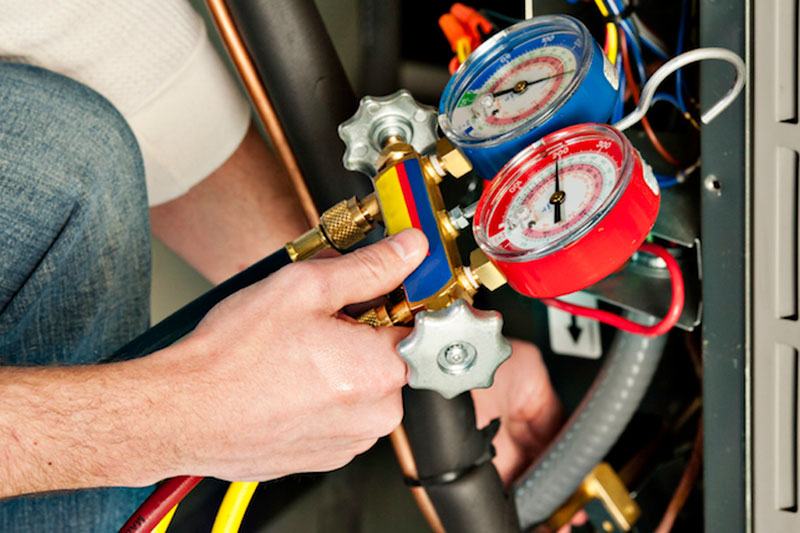
You might not think much about how your air conditioner operates, but it needs refrigerant to keep your residence cold. This refrigerant is bound by environmental rules, as it contains chemicals.
Subject to when your air conditioner was put in, it may require R-22, R-410A or R-32 refrigerant. We’ll discuss the differences and which air conditioner refrigerants are being phased out in Shamokin and Sunbury, in addition to how these phaseouts affect you.
What’s R-22 and Why Is It Discontinued?
If your air conditioner was put in before 2010, it possibly contains Freon®. You can discover if your air conditioner uses it by reaching us at 570-648-0748. You can also look at the name plate on your air conditioner condenser, which is located outside your residence. This sticker will have information on what kind of refrigerant your AC uses.
Freon, which is also referred to as R-22, contains chlorine. Scientists consider R-22 to be harmful to the earth’s ozone layer and one that contributes to global warming. The Environmental Protection Agency, which controls refrigerants in the United States, barred its manufacture and import in January 2020.
Should I Replace My R-22 Air Conditioner?
It differs. If your air conditioning is cooling as designed, you can continue to keep it. With routine air conditioner maintenance, you can expect your system to work around 15–20 years. However, the Department of Energy says that removing a 10-year-old air conditioner could save you 20–40% on yearly cooling bills!
If you don’t install a new air conditioner, it might lead to a problem if you need air conditioning repair later on, specifically for refrigerant. Repairs can be more expensive, as only reduced levels of recycled and reclaimed R-22 is accessible.
With the phaseout of R-22, most new air conditioners now use Puron®. Also known as R-410A, this refrigerant was created to keep the ozone layer healthy. As it needs a different pressure level, it isn’t compatible with air conditioners that use R-22 for cooling.
However, Puron still has the likelihood to create global warming. As a result, it may also sometime be ended. Although it hasn’t been mandated yet for residential air conditioners, it’s likely sometime this decade.
What Refrigerant Will Replace R-410A?
In preparation of the end, some manufacturers have initiated using R-32 in new air conditioners. This refrigerant rates low for global warming potential—approximately one-third less than R-410A. And it also reduces energy consumption by approximately 10%, according to the Intergovernmental Panel on Climate Change’s Fourth Assessment Report. That’s savings that may be passed on to you through your cooling bills.
LTS Plumbing & Heating Inc. Can Assist with All Your Air Conditioning Needs
In short, the changes to air conditioner refrigerant probably won’t affect you very much until you need repairs. But as we went over beforehand, refrigerant repairs can be more costly since there are the restricted levels on hand.
Aside from that, your air conditioner usually stops working at the worst time, typically on the warmest day when we’re experiencing a lot of other requests for AC repair.
If your air conditioner uses a phased out refrigerant or is getting old, we advise getting a new, energy-efficient air conditioner. This ensures a hassle-free summer and might even lower your cooling bills, especially if you choose an ENERGY STAR®-rated model. Plus, LTS Plumbing & Heating Inc. offers many financing programs to make your new air conditioner even more affordable. Contact us at 570-648-0748 to get started right away with a free estimate.
